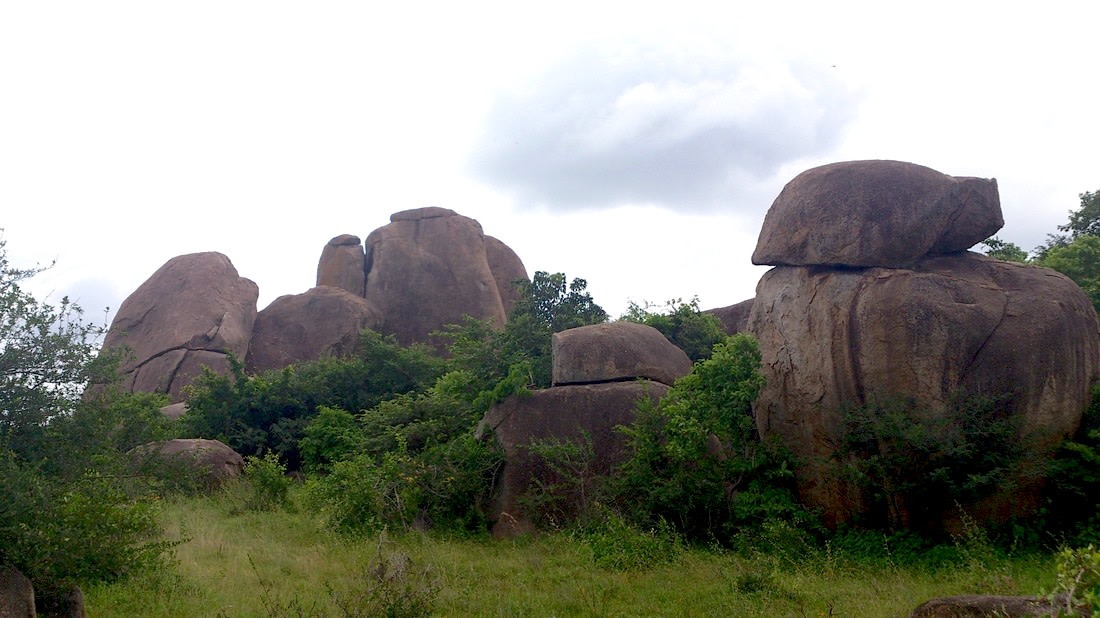 Listen to this article
•
15:34 min
Listen to this article
•
15:34 min
Hyderabad is a city steeped in culture. It has forts and palaces, bazaars and bangles, kebabs and Kabir concerts, and of course, the world-famous biryani. Often overlooked, however, is its illustrious natural history, which dates back no less than 2.5 billion years—a time before dinosaurs roamed the Earth, before the first sea creatures developed skeletons, even before the first plants appeared on land. And there is evidence of this scattered across the city’s landscape in the form of large, unique rock formations.
Like the rest of the Deccan Plateau, present-day Hyderabad was formed due to high volcanic activity, and its geology largely comprises igneous rock called granites. Over time, it was subject to a weathering process called onion peeling, where layers of rock flake off due to alternating heat and cold. The changes in temperature, coupled with wind and water have sculpted the granite into gravity-defying shapes, some of which look like they might topple over any minute now.

See them at Golconda Fort, Jubilee Hills, Durgam Cheruvu Lake, and the area near Shamirpet Lake. For a curated experience, sign up for a tour around these (and other) sites, conducted by the Society to Save Rocks (SSR). The society comprises artists, photographers, and environmentalists who have been conducting a scientific survey of erstwhile Andhra Pradesh to record the various rock formations, and the flora, fauna, and political history associated with them. They conduct rock walks on the third Sunday of every month, most of which are free of cost. (More here). The Great Hyderabad Adventure Club conducts rock-climbing outings to some of these sites. (More here).

These sites might look largely barren, but they are home to flora and fauna ranging from reptiles and amphibians to birds and medicinal plants. Due to horizontal and vertical erosion, the rocks develop cracks and fissures which hold water, and where there is water, there is life. The rock sites around Hyderabad alone, have over 175 species of herbs and shrubs with some rare herbal medicinal plants among them. Unfortunately, the biodiversity of this habitat is subject to threat. As Hyderabad continues to develop, these rocky hillocks are being subject to the changes that urbanization brings. New settlements have mushroomed in their vicinity, and in some cases, the ancient rock has been quarried for raw material. Thanks to the efforts of SSR, nine ancient sites have been protected by the government for their natural history value, making Hyderabad the only city in India where rock formations are protected as heritage. Visiting them with a guide is an illuminating and humbling experience, and a reminder that there was time on Earth when humans didn’t exist. History lesson apart, hiking around these sites is also a great way to work up an appetite for that biryani.

with inputs from Mahitha Kasireddi






